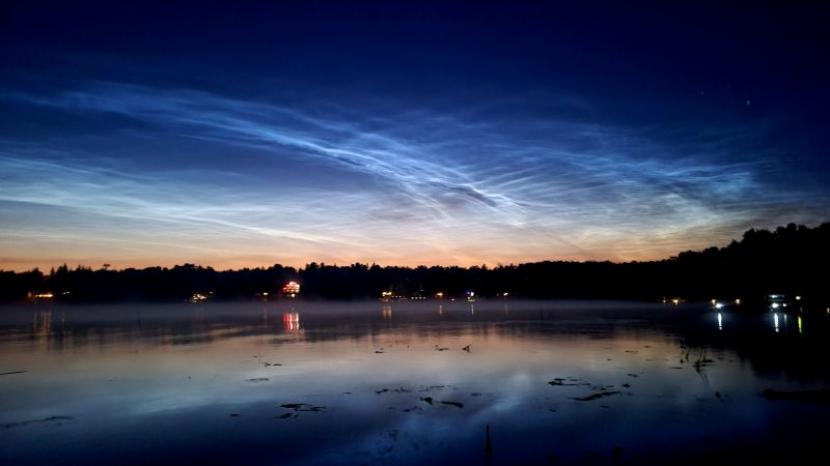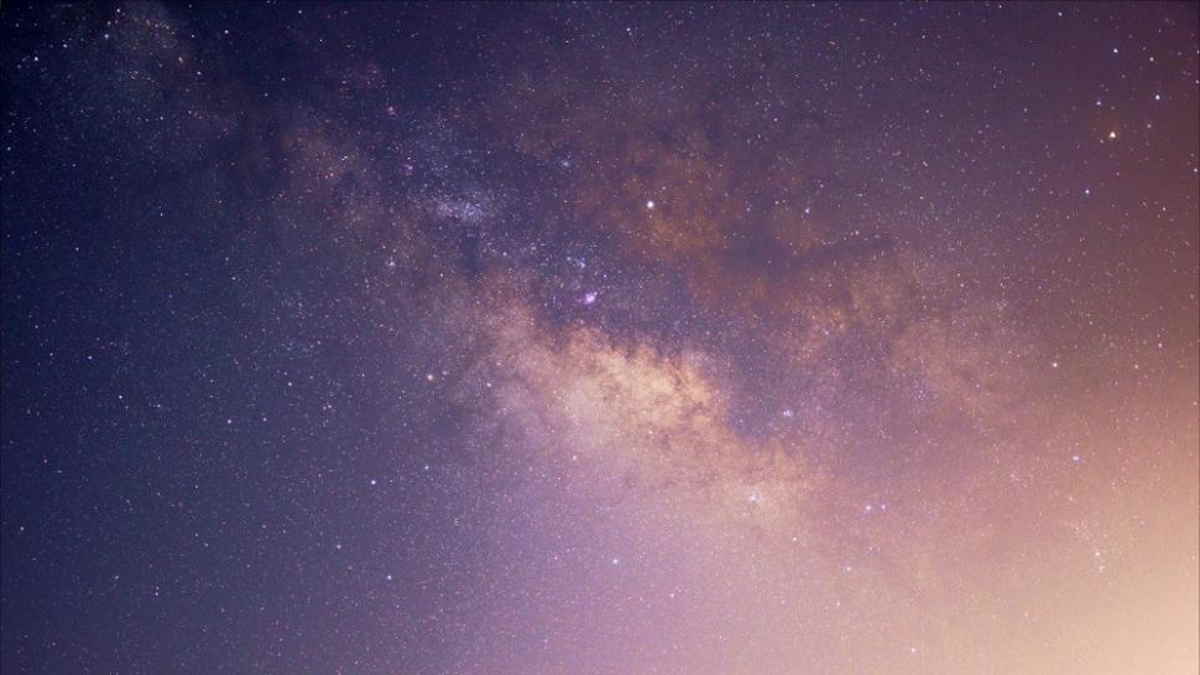Noctilucent clouds are also known as clouds that glow at night.
REPUBLIKA.CO.ID, JAKARTA — The American Space Agency’s (NASA) AIM satellite saw a substantial increase in frequency no noctilucent towards the end of June 2022. These clouds are known as clouds that glow at night.
Reported from earthSky, this observed quantity is the most in 15 years. According to some experts, the existence of this cloud may be the result of SpaceX’s mid-June 2022 launch.
Atmospheric physicist Cora Randall of the University of Colorado Boulder, using the AIM data, said that the noctilucent clouds may be the result of more water vapor being carried by the rocket launch to higher latitudes. To confirm or disprove this hypothesis, more quantitative investigations will be required.
Writer Spaceweather.com, Tony Phillips, continues that the journey of water vapor from the rocket engine to the mesosphere takes about ten days. He concurred with SpaceX’s launch of the Globalstar satellite on June 19 and the additional burn time of the second stage engine, which resulted in noctilucent clouds.
Why isn’t it noctilucent?
Noctilucent clouds, also known as night-glow clouds, are small clouds that can be found up to 50 miles (80 km) above Earth’s surface in the mesosphere, the region of Earth’s atmosphere. These clouds are believed to be composed of ice crystals that develop on fine meteor dust particles.
Only extremely cold temperatures and water can freeze into ice crystals that allow them to thrive. Then why do these clouds, which require very cold temperatures, appear in the summer? Atmospheric mechanisms are the reason. At that altitude in the mesosphere, there is actually the coldest temperature of the year near the poles in summer.
high air
Due to the summer heat, the air near the ground rises. The rising air expands as the atmospheric pressure decreases with altitude. The air cools as it expands.
This raises the air higher and causes it to become colder, plus other processes that occur in the upper atmosphere. As a result, the mesosphere temperature may drop below -134 degrees C).
The mesosphere often reaches this temperature in the Northern Hemisphere in mid-May. When most of the sky is dark, we can observe noctilucent clouds.
However, sunlight can still penetrate and reflect off these fluffy clouds. They appear electric blue in color, and are known as polar mesosphere clouds when satellites or astronauts observe them from orbit.
The noctilucent cloud season has arrived
In northern latitudes, the time for noctilucent clouds has come. High-latitude observers claim to have seen noctilucent clouds. It occurs annually, roughly between May and August in the Northern Hemisphere and between November and February in the Southern Hemisphere.
Northern summer noctilucent clouds recently broke sighting records at low latitudes. For example, in 2019 clouds were visible as far south as Las Vegas (+36N) and Los Angeles (+34N). However, they are usually visible from higher latitudes.
2021 has been a great year for noctilucent clouds, with many sightings over the United Kingdom and at similar latitudes. According to Spaceweather.com, there may be more water in the mesosphere in 2021 as a result of frequent observations.
The noctilucent clouds were examined by scientists using data from NASA’s Aeronomy of Ice in the Mesosphere (AIM) satellite. The satellite, launched in 2007, has studied noctilucent clouds using a number of onboard instruments to collect data on temperature, atmospheric gases, ice crystal size and cloud variation.
Studies have shown that noctilucent clouds grow more pronounced as the environment warms. Similar to ordinary clouds, noctilucent clouds move across the sky.
–
–

